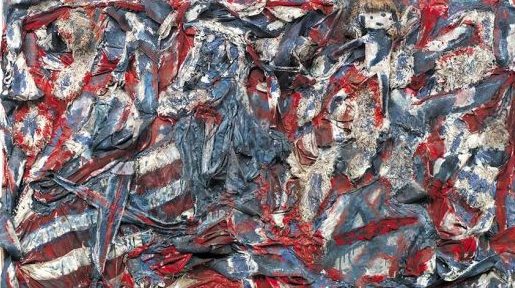
Post Black Folk Art in America 1930-1980-2016
As a celebration of Intuit’s 25th anniversary, Intuit will revisit the Corcoran Gallery of Art’s groundbreaking 1982 exhibition Black Folk Art in America 1930–1980. The exhibition, curated by Faheem Majeed, showcases artists included in the original exhibition as well as artists whose work and practice parallels the selection criteria for the original Black Folk Art in America exhibition.
A pivotal exhibition in showcasing artists rarely seen outside of their close knit southern and urban communities, Black Folk Art in America played a significant role in bringing to light the lack of acknowledgement, understanding, and representation of black visual culture within American art museums’ collections and exhibitions. The exhibition galvanized many African-Americans in the arts community to challenge the Corcoran’s choice of artists, artwork, and terminology used to represent the rarely seen black visual culture within the institution. The show sparked unforeseen debates around museum exhibition and collection diversity, the terminology associated with self-taught artists, and the marginalization of black artists within majority institutions.
Additionally, the exhibition was also the catalyst for many collectors in this space and laid the seeds for a number of organizations dedicated to showcasing the artists included in the exhibition and artists producing related work.
Through the catalog, works on view, discussions, off-site tours, presentations, performances and interviews, the exhibition will explore the layers of terminology, debate, ideas, artists, collectors and communities impacted by the term “Black Folk Art.”
Press coverage
- Updating the Conversation, Newcity Art
- Intuit celebrates 25 years by going back to the beginning, Chicago Reader
- Intuit exhibit revisits ‘Black Folk Art in America’, Chicago Sun-Times
- Post Black Folk Art in America 1930-1980-2016, fnewsmagazine
- Post Black Folk Art in America 1930-1980-2016, Panorama

